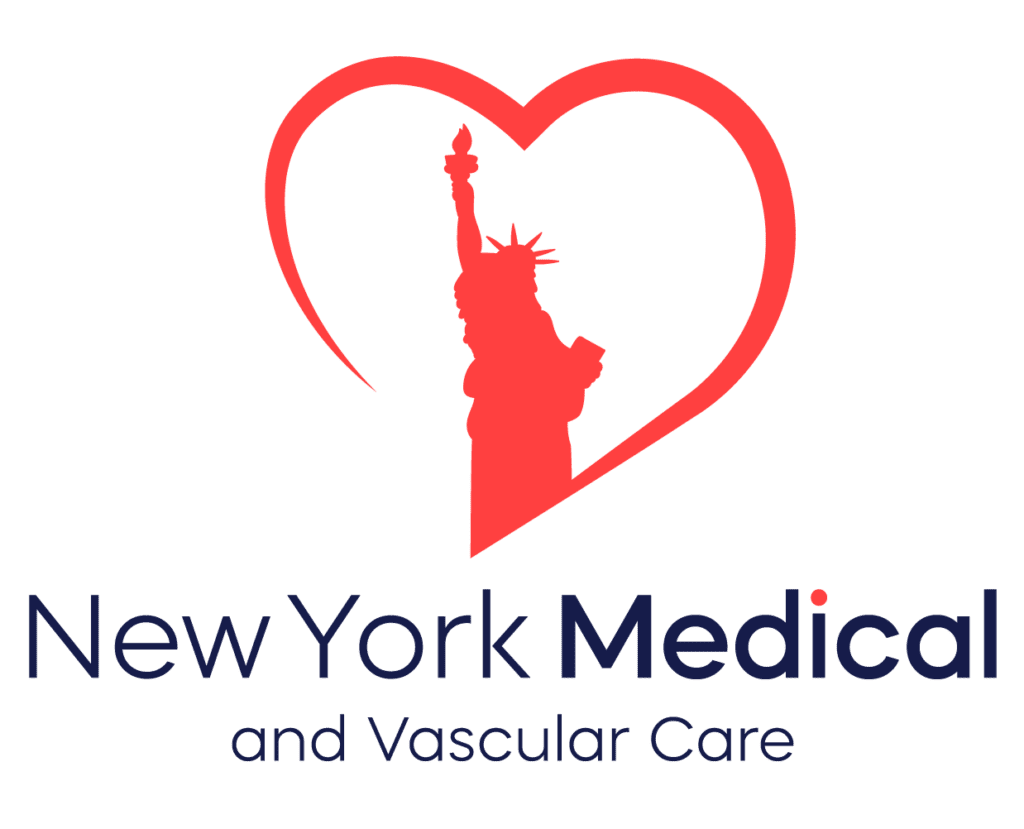Chest discomfort can be distressing, often evoking fears of a heart attack. One of the primary culprits behind chest pain is angina, a symptom of an underlying heart problem, typically coronary artery disease (CAD).
What is Angina?
Angina is chest pain or discomfort resulting from the heart muscle not getting enough oxygen-rich blood. It isn’t a disease in itself but a sign of an underlying coronary condition. The sensation can be sharp, dull, squeezing, or even feel like pressure or burning. While commonly felt in the chest, it can also radiate to the arms, neck, jaw, shoulder, or back.
Types of Angina
There are primarily two types of angina:
- Stable angina: Triggered by physical exertion or emotional stress and lasts a short duration, typically less than 5 minutes. Rest or medication can relieve it.
- Unstable angina: Occurs unexpectedly and is more severe and long-lasting. It may happen even at rest and is considered a medical emergency as it can precede a heart attack.
Why Does Angina Occur?
Coronary arteries, responsible for supplying the heart with oxygen-rich blood, can become narrowed or blocked by fatty deposits called plaques. When the heart demands more oxygen, as in moments of physical exertion or stress, these narrowed arteries can’t deliver enough oxygen-rich blood, resulting in chest pain – the essence of angina.
Distinguishing Angina from Other Chest Pain
It’s essential to differentiate angina from other causes of chest pain:
- Heartburn: A burning sensation caused by stomach acid moving up to the esophagus.
- Muscle strain: Pain due to injury or strain on chest muscles.
- Lung conditions: Issues like pneumonia or pulmonary embolism can cause chest pain.
Managing and Treating Angina
Lifestyle modifications play a pivotal role in managing angina:
- Eating a balanced diet.
- Engaging in regular exercise (after consulting a doctor).
- Avoiding tobacco and excess alcohol.
- Managing stress through relaxation techniques.
Medications, such as nitroglycerin, can relieve angina pain. In severe cases, procedures like angioplasty or bypass surgery might be necessary.
When to Seek Medical Help?
If you experience chest or stomach pain especially if accompanied by shortness of breath, palpitations, dizziness, nausea, and fainting, seek medical attention immediately or contact New York Medical and Vascular Care. These could be symptoms of a heart attack.
Conclusion
Understanding the nature and cause of your chest pain is crucial. Angina is a warning signal of underlying coronary issues. If you or someone you know frequently experiences chest discomfort, especially during physical activity or emotional distress, it’s essential to consult a medical professional. Taking proactive steps can prevent severe cardiac events and help ensure a heart-healthy future.
Highlighted Keywords:
- Chest pain
- Angina
- Coronary artery disease (CAD)
- Stable angina
- Unstable angina
- Coronary arteries
- Heartburn
- Lifestyle modifications
Written by Dapralab


